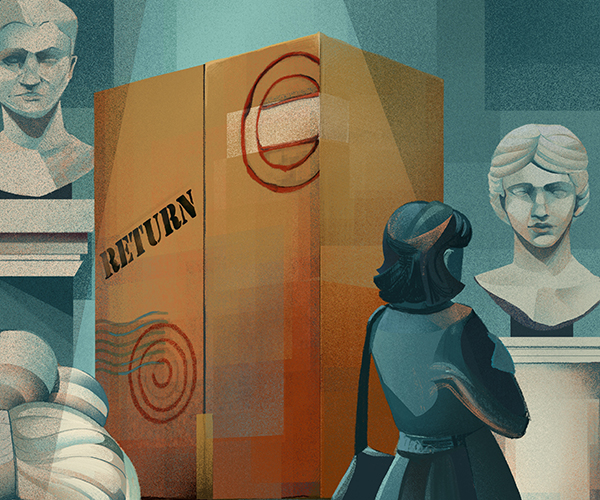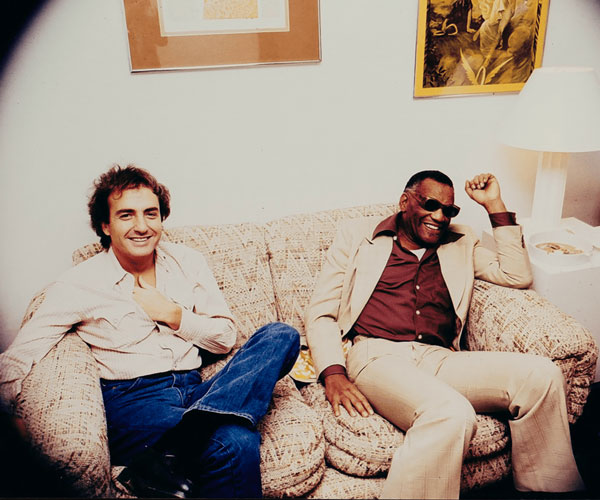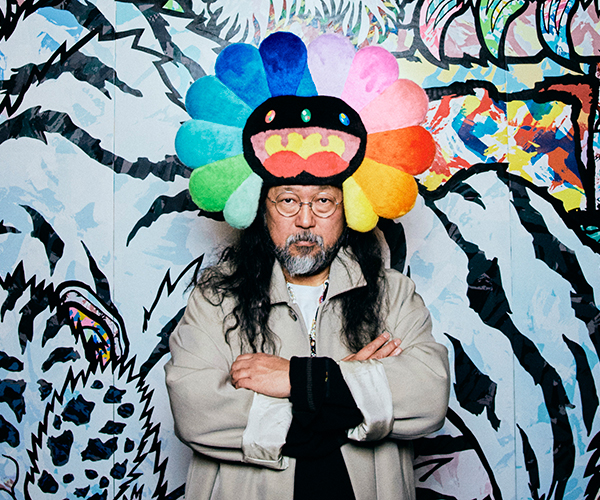A traditional estate sale is essentially a search for hidden treasure. Buyers peruse the remnants of the decedent's life hoping to find the few gems hidden amongst the erstwhile possessions.
Imagine, though, an estate sale filled with all treasures, no trinkets. An Easter egg hunt where every egg is a Faberge. Such will be the case this month when Viktor Schreckengost's estate puts part of his personal collection on the market at Bonfoey Gallery from May 7 through June 5.
Schreckengost, who died in 2008 at age 101, was a Cleveland Heights fine artist and industrial designer. His multidisciplinary talents earned him the reputation as "America's da Vinci." His ceramic Jazz Bowl, commissioned by Eleanor Roosevelt, is considered the iconic piece of art deco craftsmanship, and his cab-over-engine truck design is used around the world today.
Now, in the first large-scale Schreckengost show since his death, the sale will offer a wide range of the artist's works. "Gene Schreckengost, [his widow], was interested in showing the work for the public to see and not letting Viktor's contributions be forgotten," says Diane Schaffstein, appraiser and assistant gallery director at Bonfoey Gallery. The sale will include original and reproductions of ceramics, paintings and industrial designs ranging in price from $50 to tens of thousands of dollars.
Chief among the work is a bronze bust reproduction of Jeddu. Schreckengost created the original in 1931 modeling it after an East African woman. From the tip of the elongated hair to the end of the pointed chin, the piece moves in a strong diagonal line made even more striking by its deep ebony finish.
Also notable is Pastoral, a three-holed water vessel made from slab technique and decorated with a menagerie, including a steer, chicken and fish. The work is finished, appropriately, in beeswax.
In addition to the fine art, a few of Schreckengost's original sketches for his highly successful children's toy pedal car series and dinnerware collections will be offered, as will some of the original dinnerware.
"Viktor's designs are ageless," says Craig Bara, Schreckengost's archivist. "I'll show someone a painting, and they'll guess it was from the '70s, '80s or even early '90s, and they're surprised to learn it was really painted in 1948. He appealed to all generations, and I believe that will be the case 20 and 30 years from now, too."



